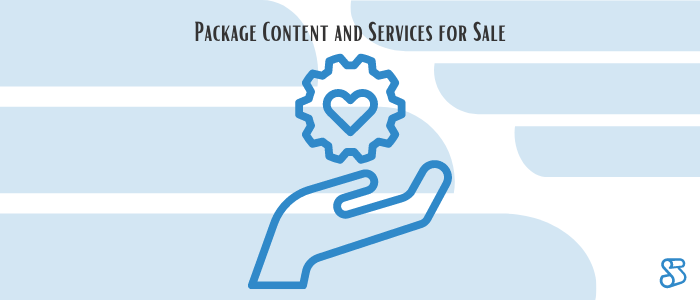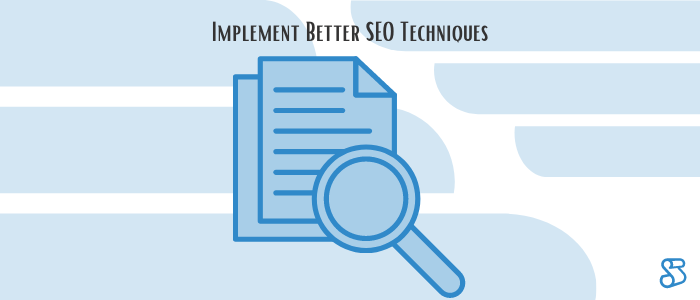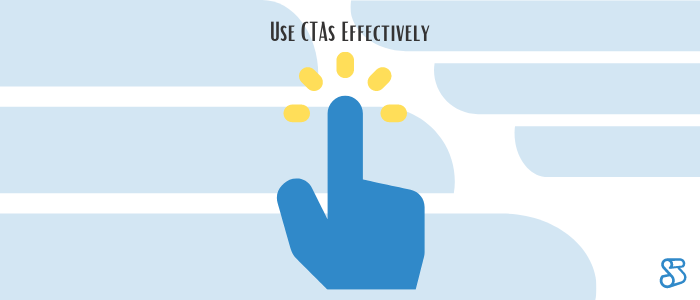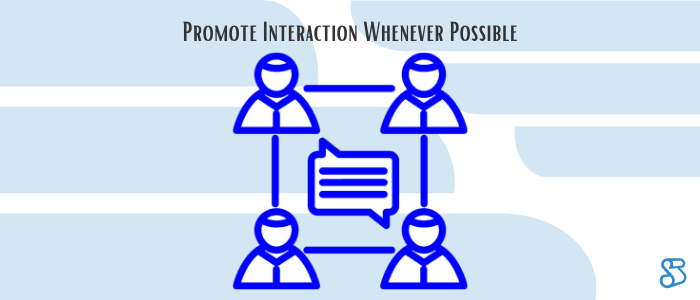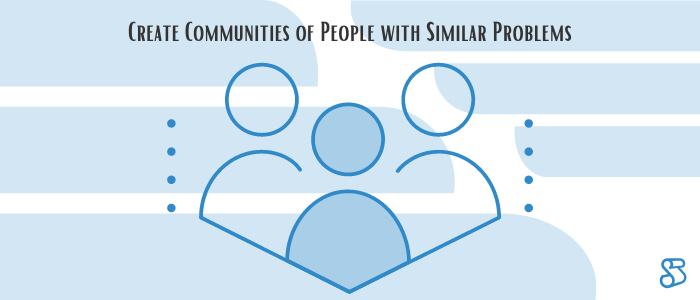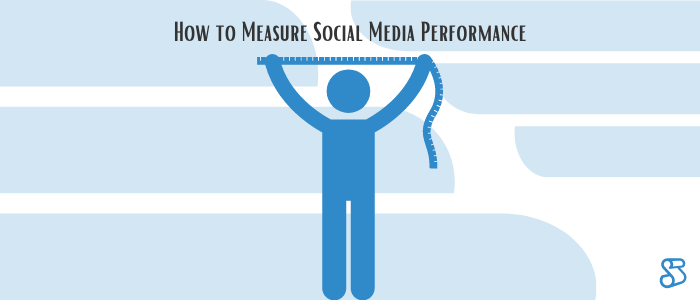- Blog Home
- Content Marketing
- Ciara Antolini
- Social Media Content Strategy For Your Personal Finance Site
Social Media Content Strategy for Your Personal Finance Site

The world of personal finance can be tough to grow in. There are many, many people that can give effective advice on how to manage personal finance. However, it is not impossible to get a foothold in the industry with the right content marketing strategy. Here is how you can use a social media content marketing strategy to grow your personal finance site.
It Is All About Value
Personal finance help is everywhere these days. While not all of the available advice is good advice, most of it can be trusted. This makes it difficult to stand out in the industry where big personalities are common.
The key to growing your site is increasing the amount of value that it provides to your audience. Value is often derived from education and assistance. The more your site teaches people how to fix their finances and provides other valuable exchanges, the more valuable it is to audience members. If you want to grow your channel, offer more value through education and providing resources that your audience needs.
Shrink Your Target to Expand Your Audience
When it comes to personal finance, the term is actually broader than most realize. Personal finance could mean a number of situations. If you try to target all of them, you won't succeed at serving any of them effectively.
Personal finance cannot be your niche online. It is too broad to have a well-defined target market. To fix this, shrink your target by refining your niche. Try to be a personal budget maker or a personal tax planner.
These subcategories are general enough to have large audiences, but specific enough for you to create a very selective audience with a specific set of problems.
Having a small audience is not a bad thing. In fact, it can help your channel grow. A small audience means that you can provide more value in a hyper-specialized field, ensuring that your audience benefits from what you have to say. This means you are more valuable to each individual audience member, making them more likely to engage with your site. This increases your chances of selling products, services, or attention (through ads).
Smaller, better-served audiences tend to grow as well. Word-of-mouth referrals are a powerful form of social proof that can increase your sales. Over time, your audience will grow through these referrals, making it more profitable and influential.
Educate With Reciprocation in Mind
The most effective growth technique is to give your expertise away for free without expecting anything in return. This triggers the Law of Reciprocity, a commonly-known psychological pressure to repay any perceived debts when someone does something for you.
Reciprocation is a very powerful method of persuasion. By giving away your content and expertise for free, your audience will feel obligated to reciprocate on some level. When you finally ask for that favor in return (clicking a link, donating money, sponsoring your podcast, etc.), there is a much higher chance that your audience will complete that task.
For this to work, you have to provide your audience with value. Giving away content that is not valuable will not be effective.
Package Content and Services for Sale
Just because you give away content for free does not mean that you cannot sell it later. If done correctly, you can repurpose and recombine old content into a product that can be sold. This is not uncommon with older, more popular websites.
In personal finance, collecting related content from your blog to create an ebook can be an effective way to monetize your content. In this case, you are selling your expertise in a condensed form that is easy to use in the real world. It makes consuming your content and putting it to use conveniently. The more convenient and valuable your content is, the more your audience wants it.
Implement Better SEO Techniques
SEO (search engine optimization) is the practice of making your content rank higher in search engine results. When people want to know something, they use a search engine. Google ranks the possible answers and lists them in order based on each one's score. The better you rank, the closer to the top your site is.
Being at the top of the list is a massive advantage. It means your site is orders of magnitude more likely to be chosen. Your social media channels can rank within the platform that you use, as well as on search engine lists.
Every social media post is a chance to improve your overall score. If you are not ranking high enough to be on the first page of Google results, then find better ways of creating SEO-friendly content.
Be An Authentic Guru of Personal Finance
The value that you can offer to people through social media largely comes from teaching them about personal finance. Aim to be a comprehensive source of valuable information on a specific personal finance topic. However, make sure that you are being authentically in the process.
Copying others is how people learn to do things, but that does not mean that you can copy another influencer without putting your own spin on it. Everyone is different and unique, and that needs to come across in your social media content.
The best social media channels all have one thing in common, they all are instantly recognizable as themselves. They are not copying anyone. In fact, they define their own style that offers value while being different from anyone else.
Define your own way of teaching others about your niche. It is okay to copy influencers at first, but develop what you take into your own style. Be authentically you while teaching. Your posts will stand out and increase traffic to your site.
Show Stories
For your site to grow, your social media channel must drive engagement. People respond to stories more often than dry information. Present your social media content as stories to drive traffic.
At the same time, people want their stories to be visual and succinct. Long, drawn-out narratives are not effective with a larger audience. Have each story make a point while providing situational and emotional context for the solution. This keeps your audience interested as you provide more details.
Use CTAs Effectively
You want your audience to interact with your social media account when possible. This means that you have to use your CTAs effectively.
A CTA (Call-to-Action) is a chance to ask your audience to do something specific. For example, every "click here" button or "please like and subscribe" comment is a CTA. The influencer wants you to take that specific action, which usually generates revenue in some way.
Choose when you use CTAs critically. CTAs should only be approached once you have offered a significant amount of value to your audience. Otherwise, there is no incentive for them to take action.
Select the action in your CTA carefully. Your CTA should be something that helps you achieve your growth goals. For example, joining an email list gives the creator a way of communicating directly with you to use for advertising, sales, and other CTAs that may follow. Ask your audience to take actions that align with your overall goals.
Promote Interaction Whenever Possible
The best part of social media is the potential interaction between people. Create opportunities to interact with your audience whenever possible. The more interaction there is, the more engaged your audience members are.
These interactions can take many forms, and you can build an experience that encourages engagement. Host giveaways. Post interesting polls. Add some quizzes. There is no reason why your personal finance social media page can't be a lot of fun, too.
Create Communities of People with Similar Problems
There are certain themes surrounding personal finance that people frequently face. For instance, many people follow personal finance sites to pay off their debts or to save for retirement. You use this knowledge to create communities of people that face similar problems.
You can create separate pages or groups on Facebook that are more targeted. For instance, you could start a Facebook group called "Empty Nesters Working Toward Retirement" associated with your business's page. Then, all of your followers that share this goal would join. All of the content on this group or page should be very closely targeted toward this group. This group wouldn't see much value in posts about paying for college, for instance. You could create a separate group for this other goal.
Engagement will be much higher in these communities you create than from a general page. People will find these groups (and your site!) to be a valuable resource for reaching their goals. When it comes time to hire a financial advisor or coach, they'll already have an existing relationship with you through one of these communities. They'll also be more likely to invite other people into the community, adding to your level of exposure.
How to Measure Social Media Performance
To measure the success of a social media campaign or plan, you can use metrics such as reach, engagement rate, and conversion rate. To calculate these values, you need to identify the target audience and determine the metric in question for your social media plan.
Some common metrics for social media performance are:
- Reach is calculated by determining how many people were reached by a post through impressions divided by the number of followers.
- Engagement rate is determined by taking an average number of interactions per post and dividing that number into a total amount of clicks on posts from your account over a certain time period.
- Conversion rates are simply calculated when you have tracked conversions from when someone clicks on one of your posts. Then you take the total number of people who clicked on your post and divide it by the total number of followers.
All these metrics are valuable, but it is important to realize that they do not indicate the success of a social media plan on their own. Only when you have made an informed decision about what your metrics are can you determine if your social media plan is successful. If the metrics don't align with your company's business objectives, then you need to change them to more relevant ones.
When deciding what metrics are most valuable, you need to consider what topics or types of posts will drive engagement with your audience. Then, track the performance of those posts using the three metrics above over a sustained period of time. This will give you a good idea of what works or doesn't work for your personal finance site. You'll start to see patterns that allow you to determine what your social media plan should look like moving forward.
How Often to Post on Social Media
The most important thing you should remember when it comes to the frequency of posting on social media is that you keep it consistent. You don't have to post every day, but you are better off being at least somewhat reliable about when you are going to post. This is the only way for your followers to get used to your updates and know when they can expect something from you. If people are regularly seeing updates from your account throughout the week, they are more likely to see one of your posts on Facebook or Twitter in their feed. Aim to post at least three times every week.
Find Talented Writers for Your Personal Finance Site
Maintaining a successful social media content strategy and website requires a lot of effort and writing. Fortunately, you don't have to do it alone. You can browse our large team of writers to create blog posts, social media posts, and email marketing campaigns that help increase traffic to your site.
Published by Ciara Antolini on Friday, January 21, 2022 in Content Marketing, Content Marketing, Personal Finance.



